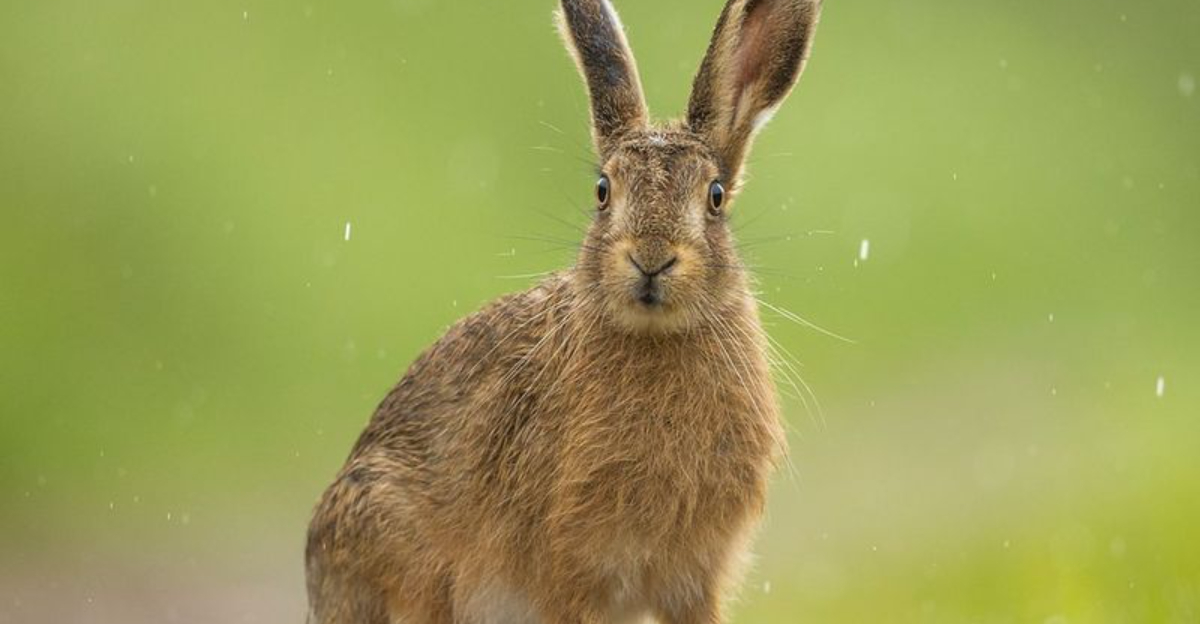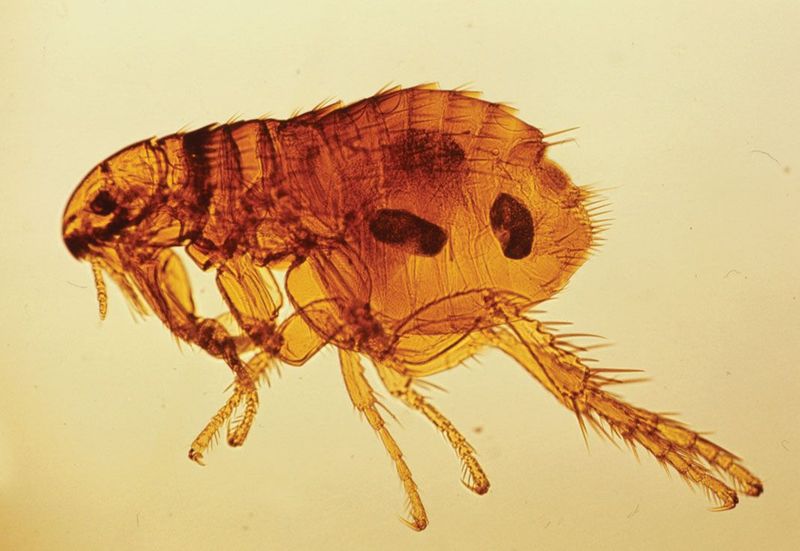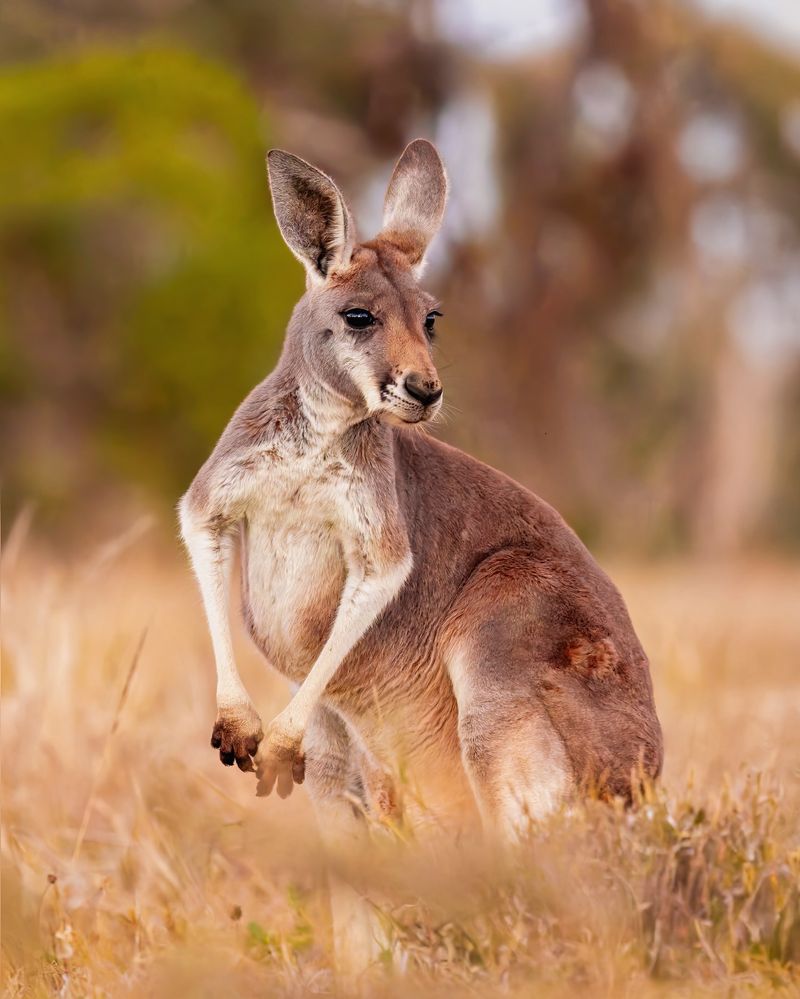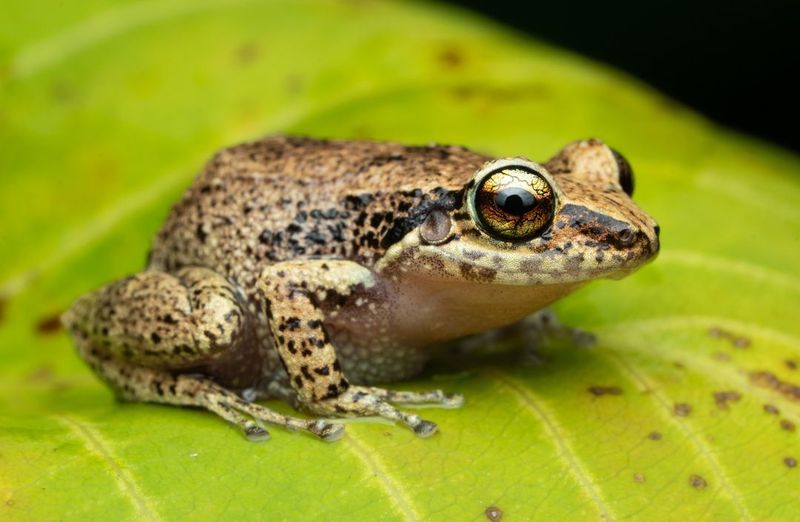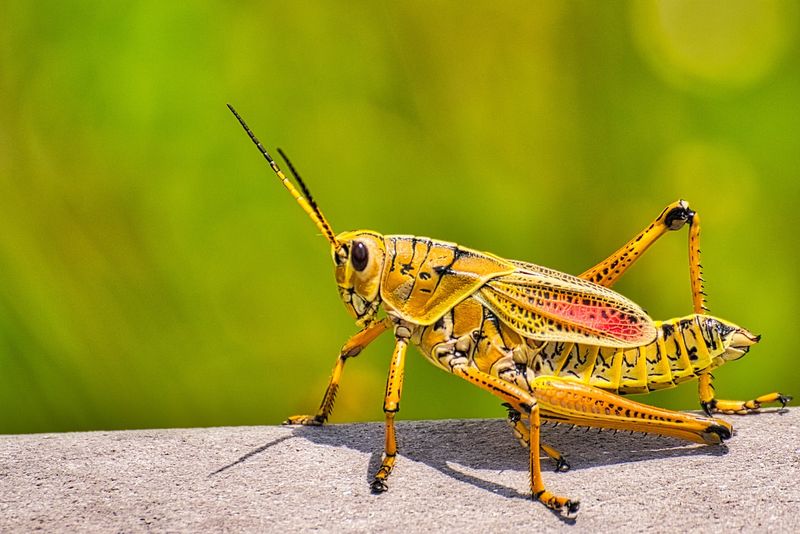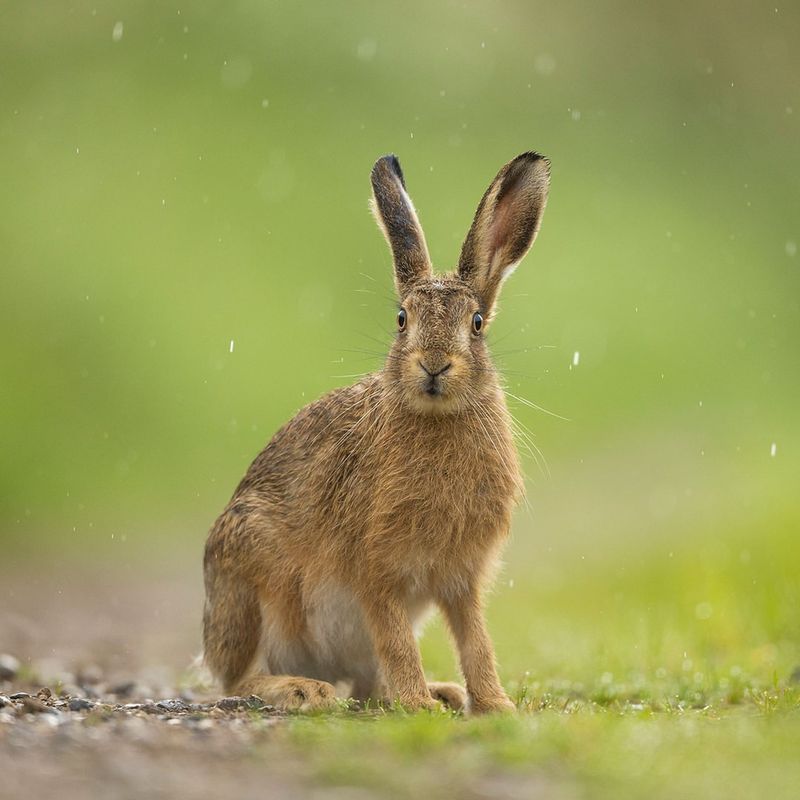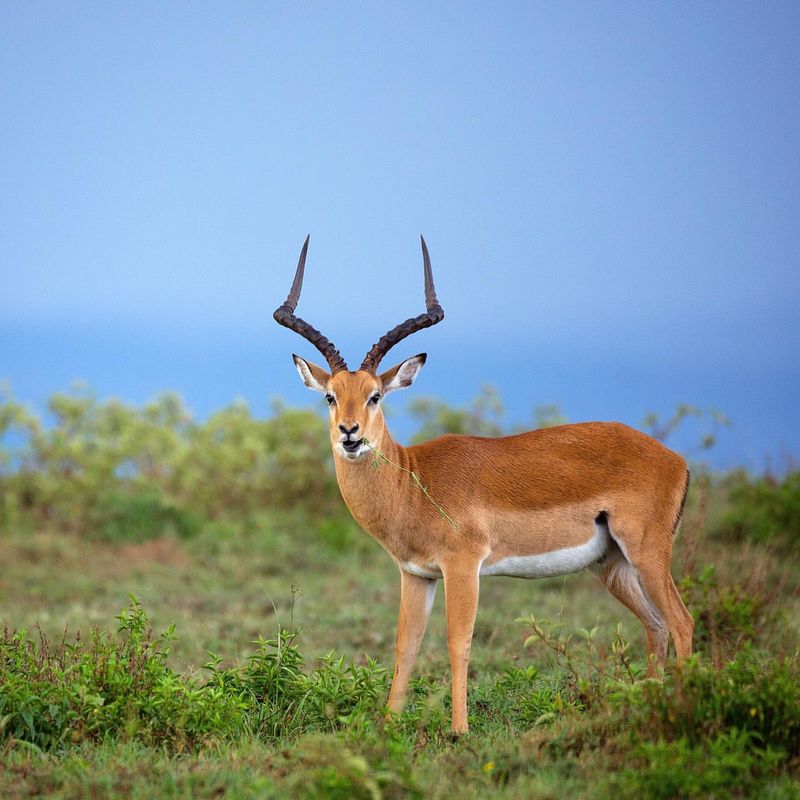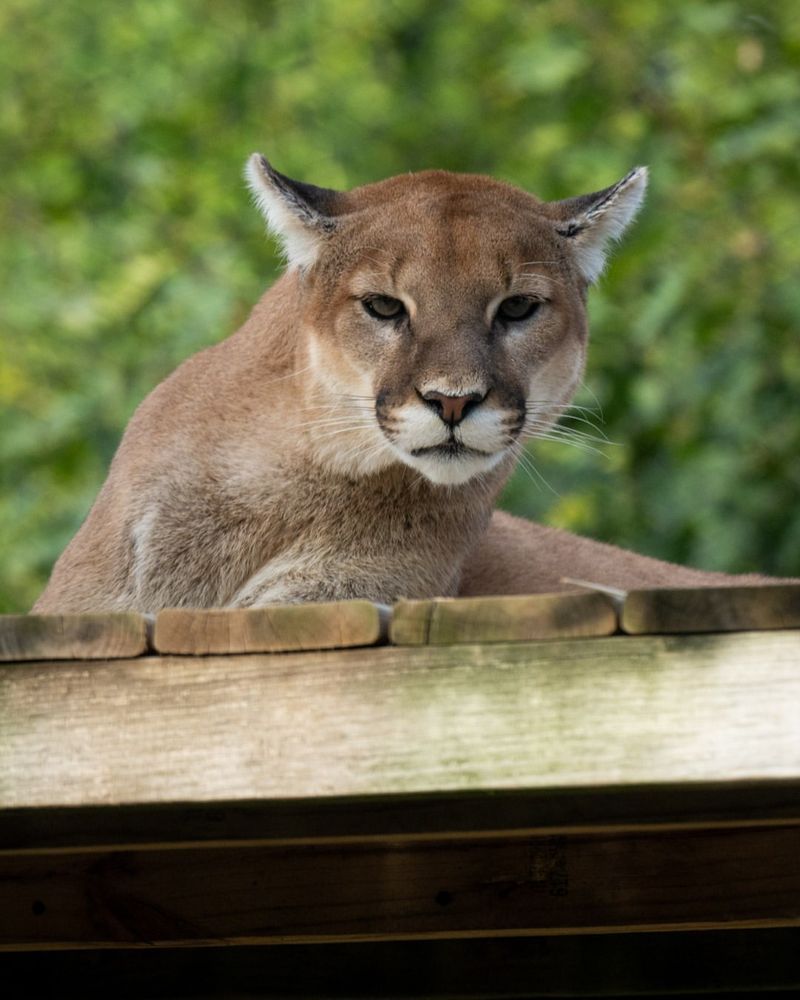📖 Table of Content:
Some animals in the wild possess astonishing jumping abilities, propelling themselves to incredible heights and distances. Through remarkable adaptations, these species have turned jumping into a survival advantage, allowing them to escape predators, catch prey, or navigate challenging environments. Their feats of athleticism continue to intrigue scientists and nature enthusiasts alike.
From insects to mammals, the diversity of exceptional jumpers highlights nature’s ingenuity. Powerful muscles, specialized limbs, and lightweight bodies contribute to their airborne prowess. Each leap tells a story of evolution, finely tuned to enhance speed, agility, and precision.
Let’s delve into the world of extraordinary jumpers and the adaptations that make them soar. Discover the fascinating mechanics behind their record-breaking leaps and the crucial role jumping plays in their survival. Prepare to be amazed by nature’s most impressive athletes.
1. Flea
Known for their incredible jumping ability, fleas can leap over 100 times their body length—akin to a human jumping over a skyscraper. Their strong hind legs propel them at high speeds, helping them evade threats and latch onto hosts. This agility makes fleas remarkably efficient at survival and spreading.
Their jumping prowess is attributed to a unique protein called resilin, which acts like a spring, storing and releasing energy. This ability not only allows them to avoid danger but also to traverse environments efficiently, spreading and surviving across various habitats. Their leaps are a marvel of natural engineering.
2. Kangaroo
Kangaroos are synonymous with jumping. These marsupials can cover up to 30 feet in a single bound, thanks to their strong hind legs and large feet. Their unique locomotion involves using their tail for balance and momentum, allowing them to travel vast distances in search of food and water.
In the harsh Australian outback, this energy-efficient movement is crucial for survival. Kangaroos’ muscular legs store elastic energy, making their leaps both powerful and economical. Watching a group of kangaroos bounding effortlessly across the landscape is a quintessential Australian sight that never ceases to amaze.
3. Frog
Masters of jumping, frogs can leap up to 20 times their body length thanks to their long legs and flexible muscles. This remarkable skill helps them catch prey and evade predators in both aquatic and terrestrial environments. With powerful launches and webbed feet, frogs move swiftly and efficiently through water and on land.
The frog’s jump is a perfect blend of strength and agility, enabling them to thrive in diverse environments. Their ability to jump so far is not only a survival mechanism but also a testament to their evolutionary success.
4. Grasshopper
Renowned for their powerful jumps, grasshoppers use specialized hind legs to propel themselves up to 20 times their body length. This impressive skill allows them to evade predators and navigate their grassy environments with ease. Their agility plays a crucial role in survival and mobility.
The grasshopper’s legs act like a catapult, using stored energy to propel them into the air. Their jumps are both a defense mechanism and a means of exploring new territory. By leaping away from threats, grasshoppers can quickly disappear into their surroundings. Their jumps are an example of nature’s ingenuity in using simple mechanisms for complex tasks.
5. Hare
Swift and agile, hares can reach speeds of 45 mph, using their powerful hind legs to leap impressive distances. This ability is crucial for escaping predators in open fields and meadows. Unlike rabbits, hares are born with fur and strong muscles, enabling them to jump and run shortly after birth.
Their strong limbs enable high-speed chases, often outpacing their pursuers. The hare’s jumps are not only a means of escape but also a display of their remarkable athleticism. Observing a hare in full flight is a breathtaking experience.
6. Dolphin
Dolphins are not only skilled swimmers but also impressive jumpers. They can leap several meters into the air, using their streamlined bodies and powerful tails. This acrobatic display is part of their social behavior, communication, and hunting strategy. Dolphins perform these jumps to communicate with each other, scare fish into tighter groups, and simply for fun.
Watching dolphins leap and play in the ocean is a mesmerizing sight, showcasing their intelligence and playful nature. These aerial displays are a testament to their adaptability and mastery of their marine environment.
7. Impala
Elegant and agile, impalas can leap over 10 feet high and cover up to 33 feet in a single bound. This impressive jumping ability is vital for evading predators in the African savanna. With powerful legs, they navigate challenging terrain and clear obstacles effortlessly, enhancing their chances of survival.
This leaping ability also allows them to confuse and escape predators during a chase. Watching an impala in full flight, effortlessly clearing tall grasses and bushes, is a remarkable display of grace and power. Their jumps are truly a wonder of nature.
8. Cougar
Also known as mountain lions, cougars are exceptional jumpers capable of leaping up to 18 feet vertically and 40 feet horizontally. Their strength and agility make them effective predators in mountainous terrain. Using powerful hind legs, cougars silently and swiftly approach prey, striking with remarkable precision.
Their jumps are essential for navigating rugged landscapes and capturing prey. The cougar’s ability to leap is a hunting advantage and a vital survival skill in the wild. Observing a cougar in action is a testament to nature’s raw power.
